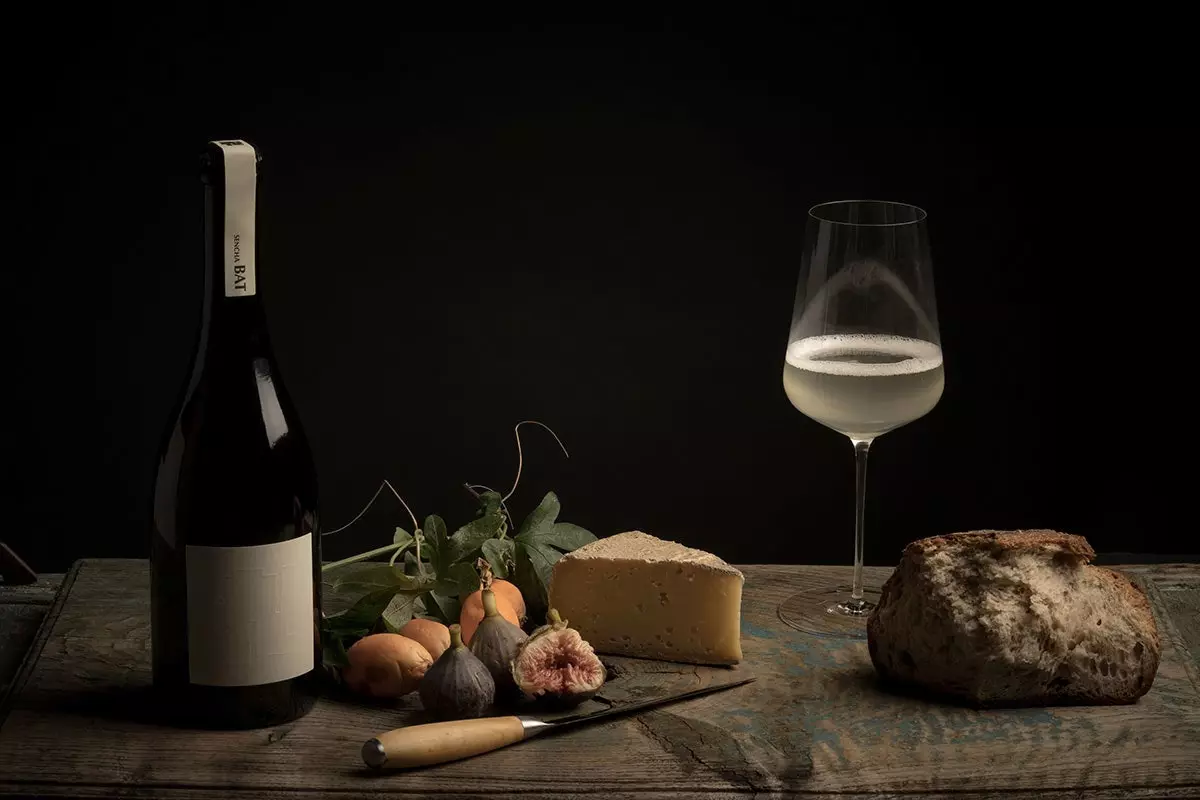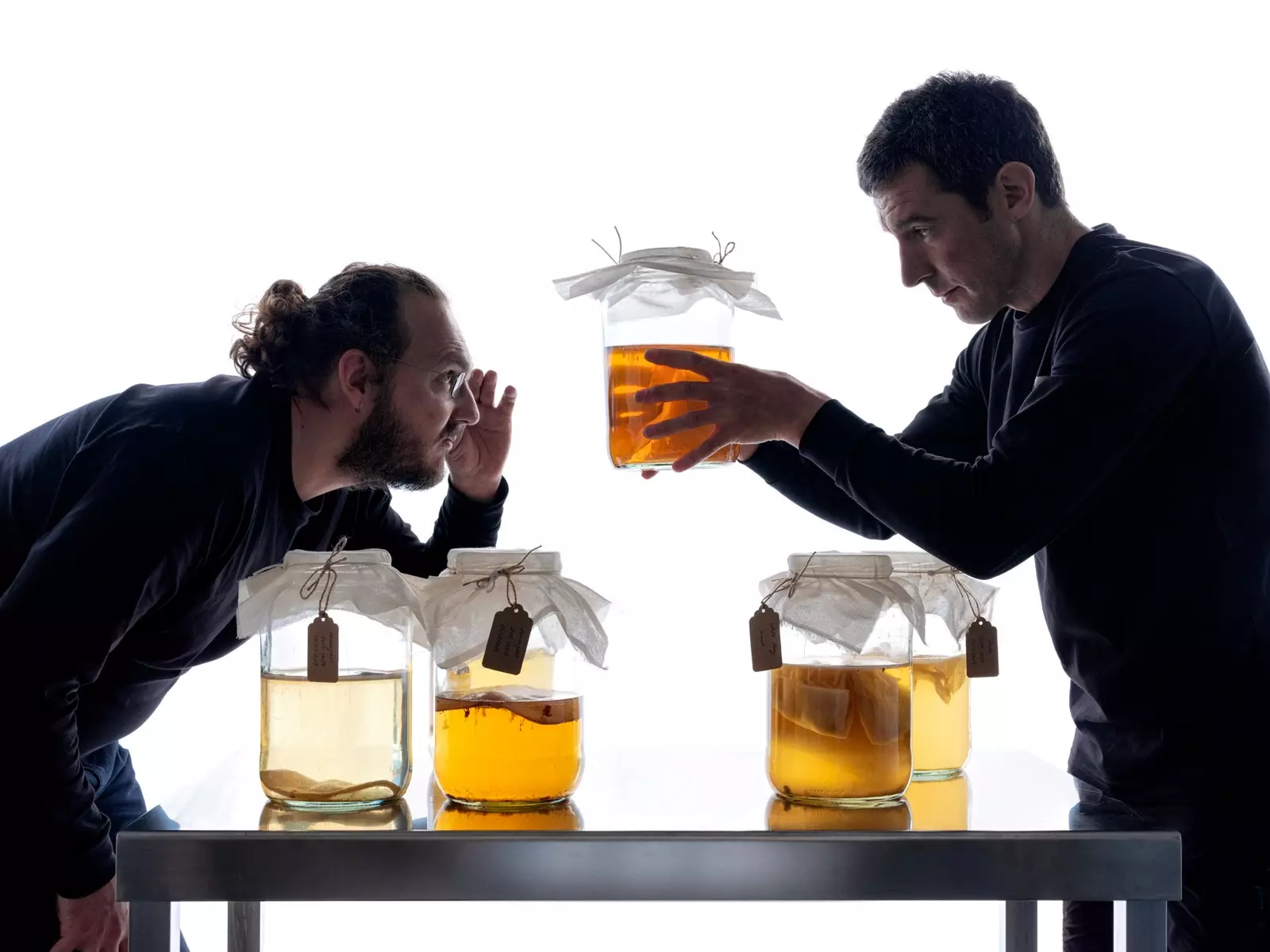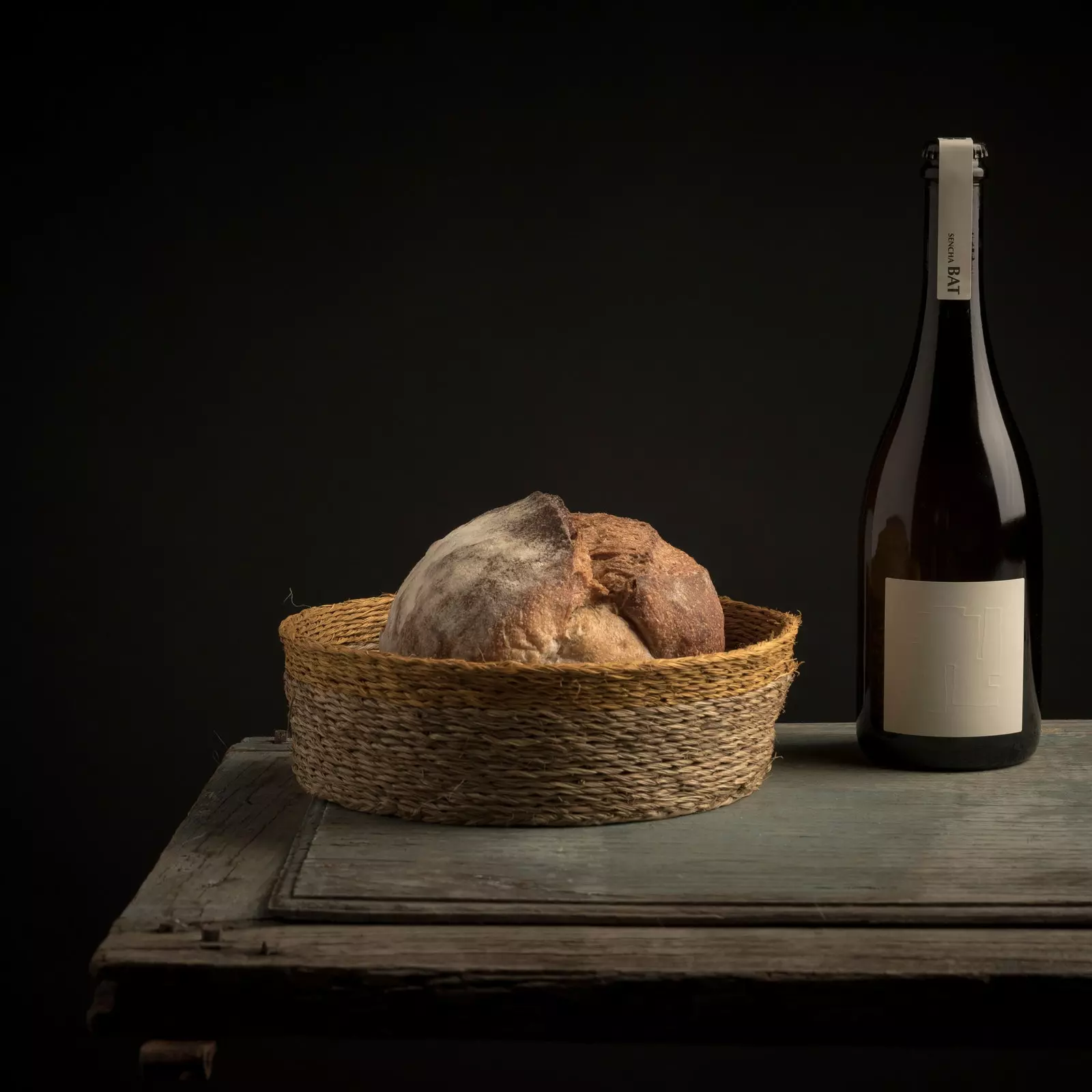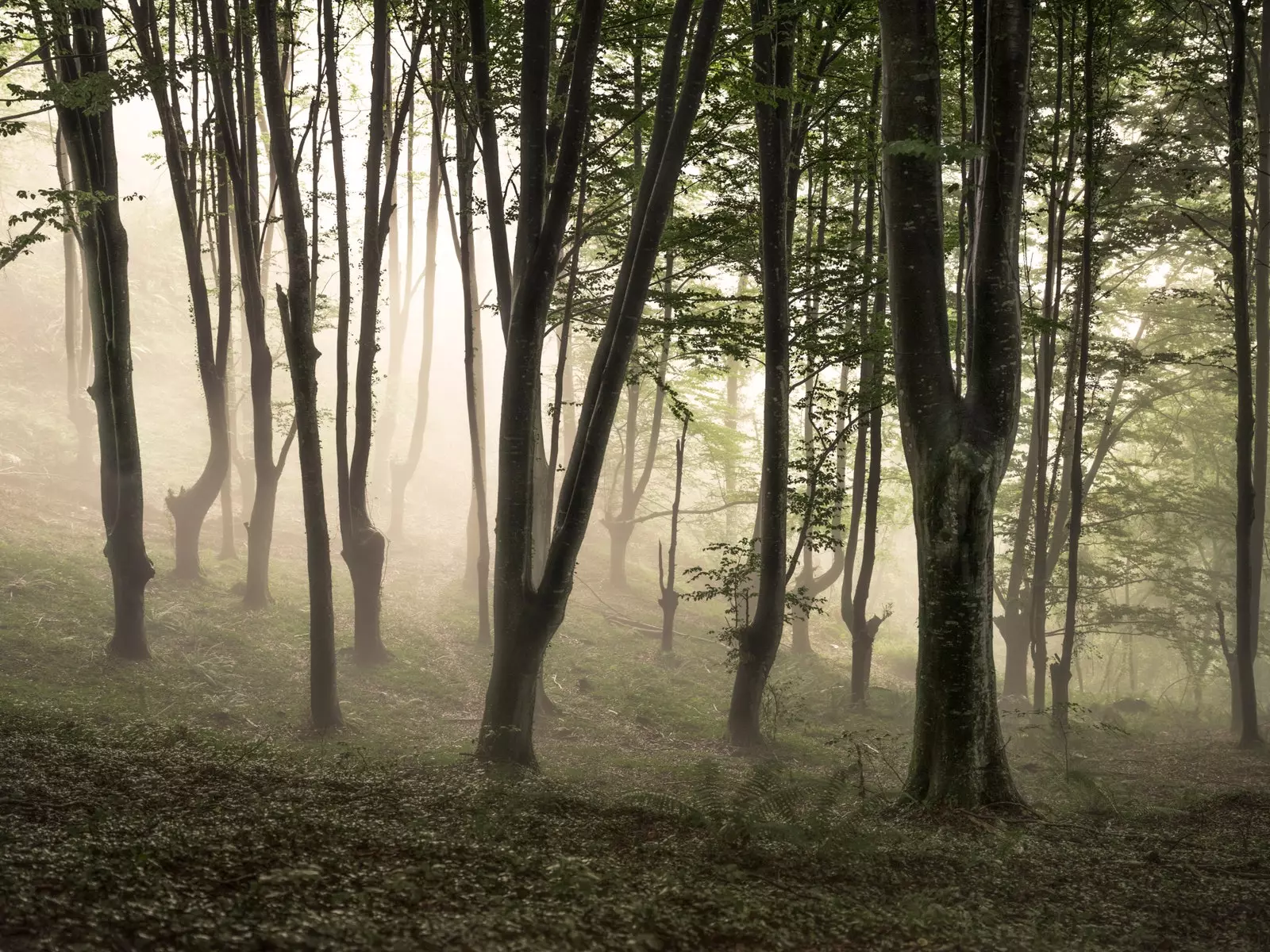
As much as he wine world try to reach more people, there is no doubt that there is a part of the population that he resists . The one that is immersed in trends, in novelty and in what is different. Or, even, that seeks to distance itself from what others have praised for a long time and that does not represent them. Youths? Yes of course. But also those who find fun, at the table and in the glass, with proposals never seen before. If you know well Why not give them the worship they deserve?
In the last decade there has been a notable rise in practices such as home brewing, with which individuals have launched to produce their own beers, liqueurs either ferments like kombuchas, causing the spirits industry to have its eye on ways to cater to these interests in bars and restaurants. Said and done. With respect to came , have been the naturals those who have managed to distance themselves from the productions known so far, linking to independent producers and somewhat eccentrics , capable of making surprising new forms of production. Not everyone likes them, much less the "knowledgeable" who get a little nervous about not being able to accurately examine their profiles, but they have been able to seduce an alternative public that until now has been overlooked by others.
One of these proposals is Ama (mother, in Basque) pét-nat tea, a drink fermented and low in alcohol –with 1.5%– produced in the Basque Country . His ambition is to be a substitute for sparkling and ancestral wines –pétillant naturel– , but in a way that, until now, did not exist. An idea that arises in a laboratory and that replaces drinks of doubtful quality that are being offered to consumers who seek to avoid alcohol.

Ramón and Dani in the process of fermentation.
With the same wine argument and champagne but eliminating the high doses of alcohol, Ama is created from tea infusions . These come into contact with colonies of bacteria and yeasts that become kombuchas, and which continue their transformation and aging process as a living drink in which time -a minimum of 6 months and a year and a half at most... at the moment – it is transforming its composition and flavor.
Although by one of its phases Ama happens to be a kombucha , the final result of it is very far from it. "Kombucha is associated more with a time to take care of yourself, a moment of health, but for us that is in the background," says **Dani Lasa who, together with Sancho Rodriguez , producer of artisanal wines, have been the promoters of this project that can already be found in restaurants in Berlin, the United Kingdom and, of course, the Basque Country. "Dani and Ramón Perisé (technical director of Ama and current head of R&D at Mugaritz) they have fermented something impossible and that is why we wanted to go further making this drink something more gastronomic", continues Sancho.

By maintaining the same production process as the sparkling wines and supplanting the use of the grape by some of the world's best teas and herbs, Ama manages to be more interesting by aromatic level , which makes it capable of being drunk on its own or accompanying a long tasting menu . "As chefs, during the time of creativity in a restaurant, we have to create an entire menu and this is something that we have always done alone," explains Dani Lasa. "Then came the sommeliers and they gave you the 'chapa' to find out which wines went well with each dish", he continues. "There came a time when we came to the conclusion that this did not make sense and that we could make this same trip with a drink created by us ".
They started by creating a kombucha that it tasted good and that, in "a hot moment", he planted the thorn in their take it further . "We told Sancho and we started to assemble everything in a garage with 200-litre stainless steel tanks. We created a company and everything started to take on a larger scale, people were liking it and we noticed that the trend of low-alcohol drinks was increasing".
That was the moment when they were born. two varieties: Bi, made with lemongrass, refreshing and citrusy , able to hold the hour of the appetizer or a dessert; and **Bat, drier and made with yabukita sencha tea , designed to stay strong throughout a meal.
"In many restaurants they usually pair you with 6 or 7 wines but with one bottle that commands the entire menu. That is, you have the continuous pairing and the other that is with each dish. Bat is perfect for it", its creators suggest.

The dense and deep Basque forest.
None of this would have been possible without the intervention of Henrietta Lowell , the tea lady , the only one capable of giving the respect it deserves to a product that is mistreated by being sold in large volumes and at prices that do not respect its producers. “Henrietta has been vital in this adventure because of her ability to dignify the world of tea and demonstrate that there are differences in their origin, care and handling", explains Lasa.
"We work with teas from small producers and sustainable farms Japan, China, India or Sri Lanka that have been worked manually and that gives more quality to the drink. Henrietta works with about thirty farms in different places and thanks to this we have access to very short runs."
Water is another of the fundamental pillars of Ama and with which they find parallels with the sake . "People attribute much of the importance of sake to rice, but in Japan they give it more to the water selection . They go crazy to find the best one," Rodríguez tells us.
They found theirs after several tastings in what was once a Spa at the beginning of the 19th century. The reason why it is so good? Rainwater takes 27 years to filter through the limestone of the Izarraitz mountain before emerging to the spring of Alzola , which makes it ideal for its low mineralization.
2021 will be, we hope, the year of change. So why not toast to it?
